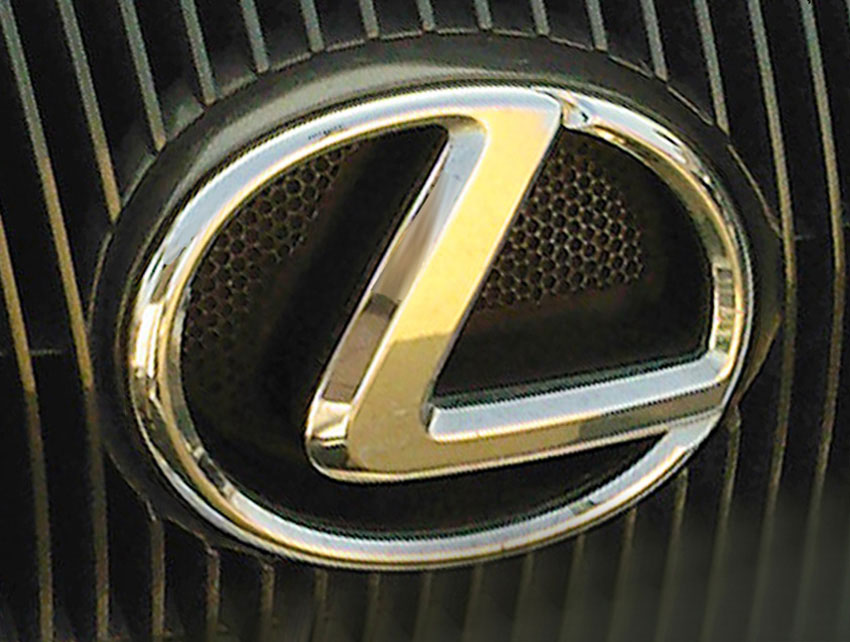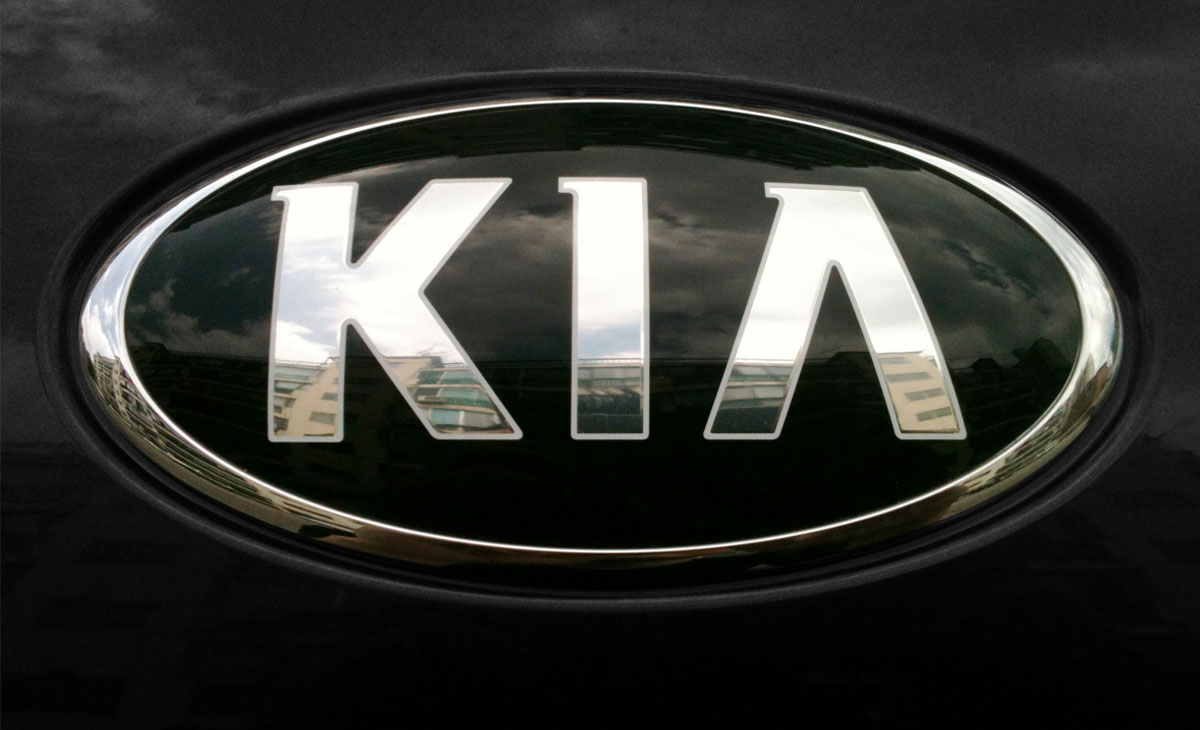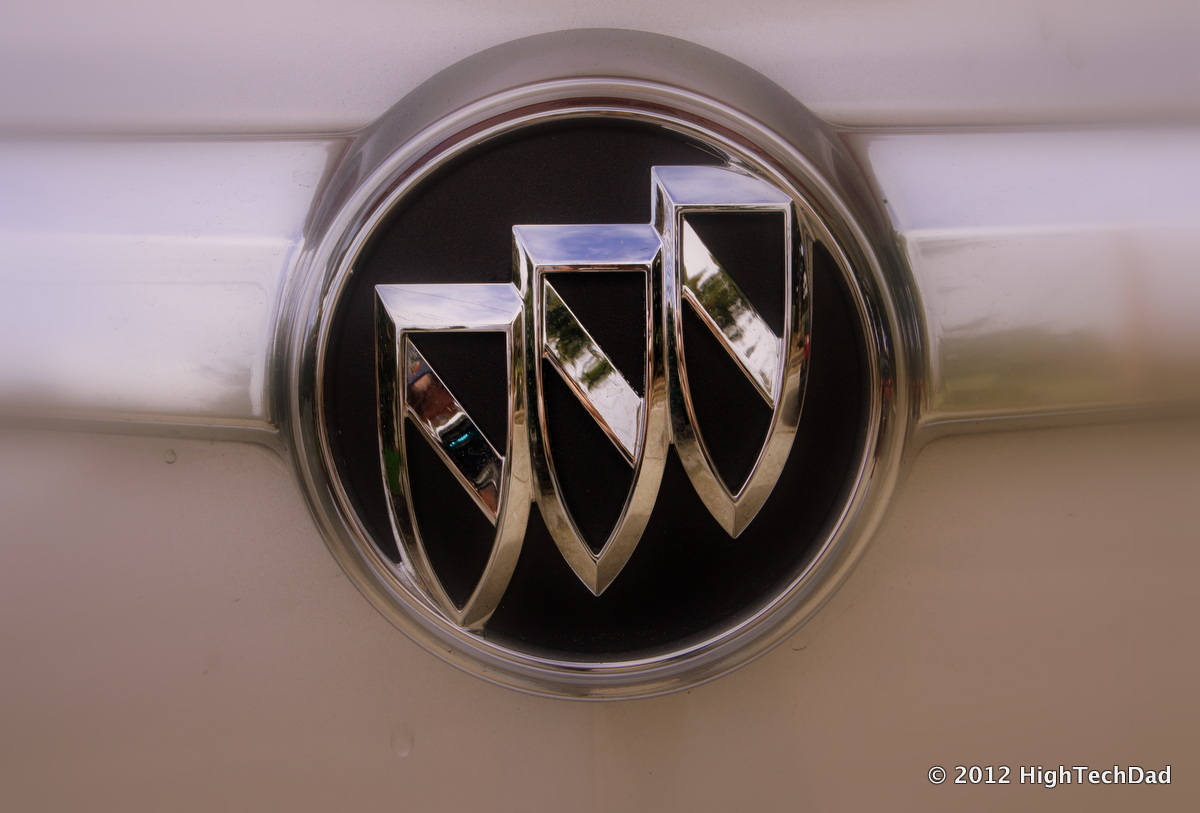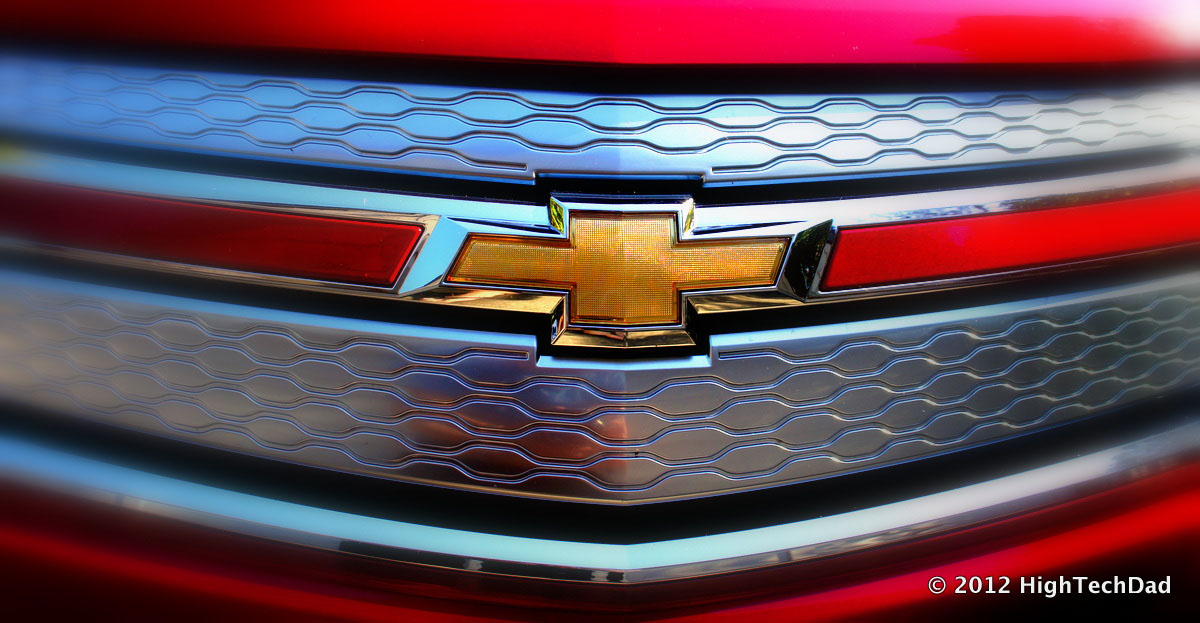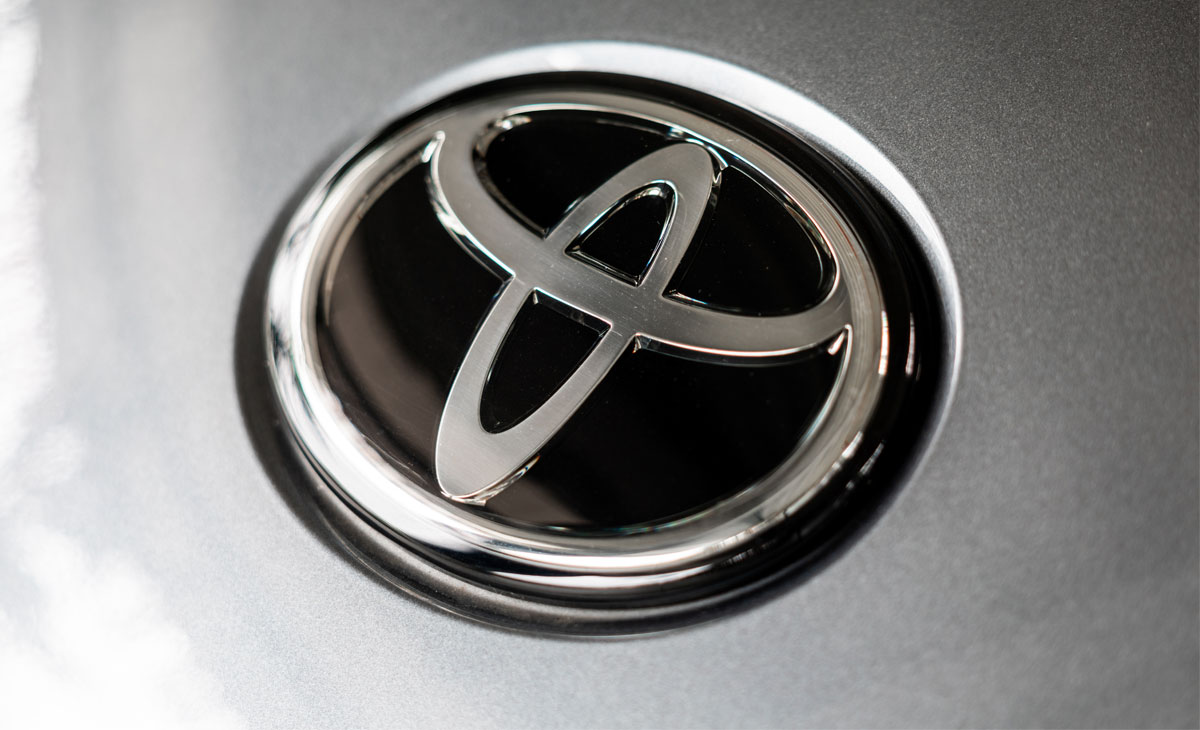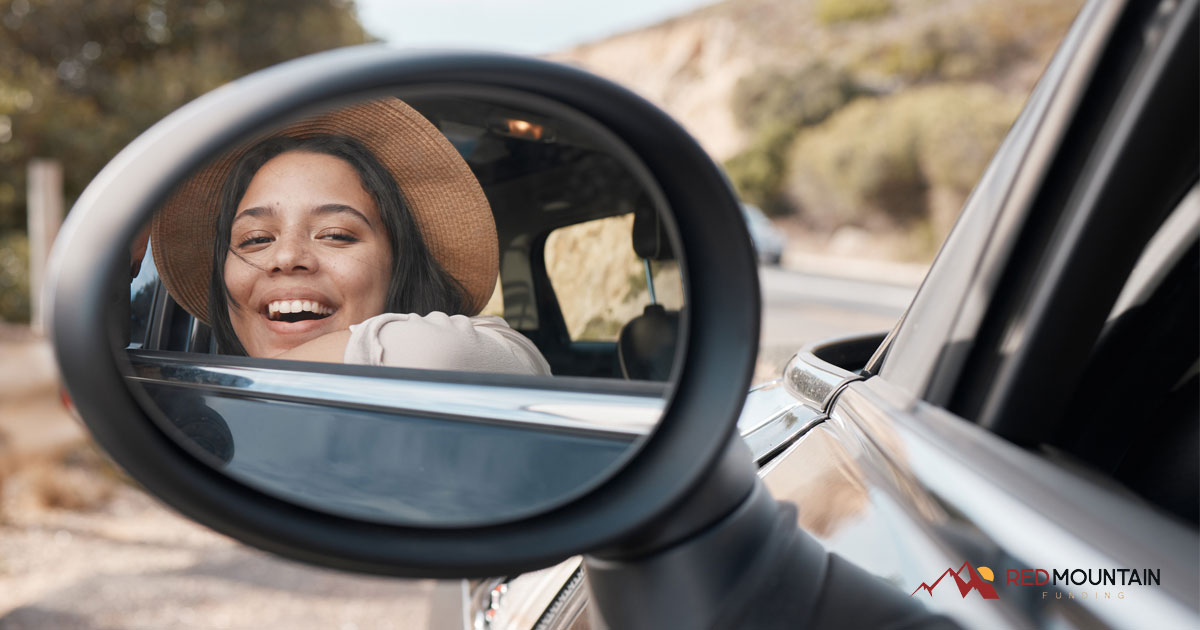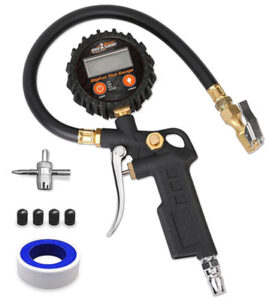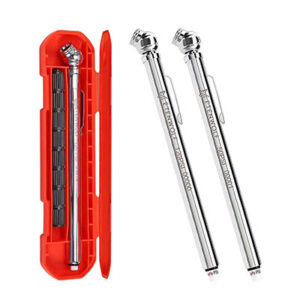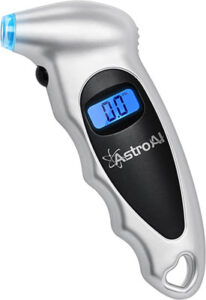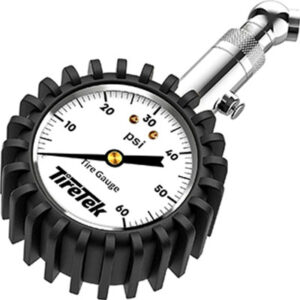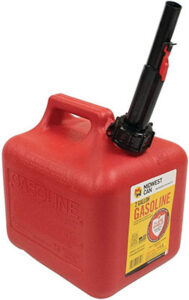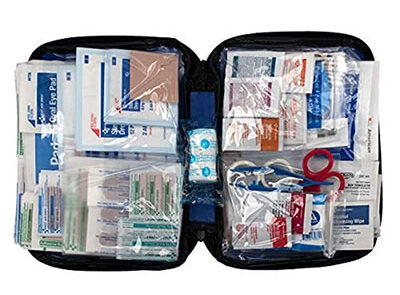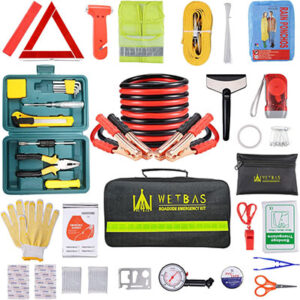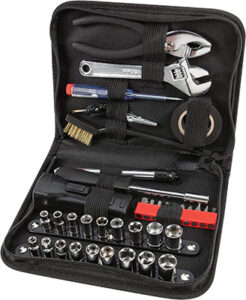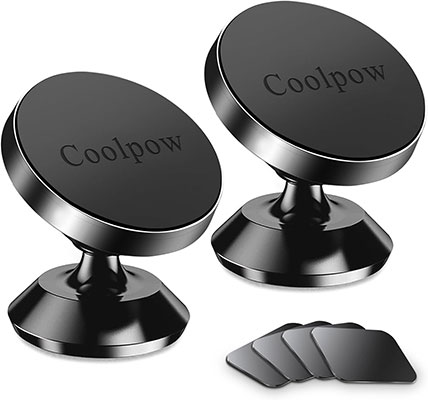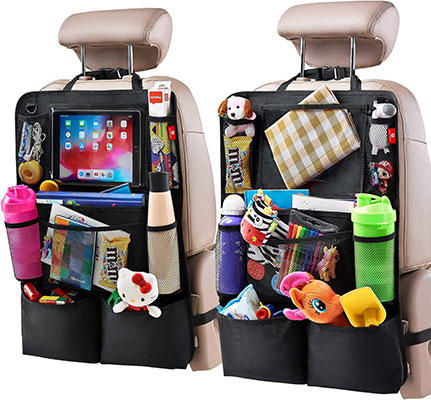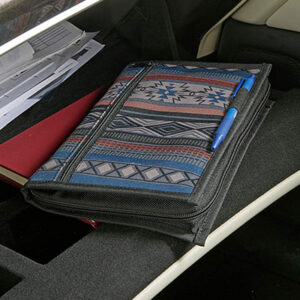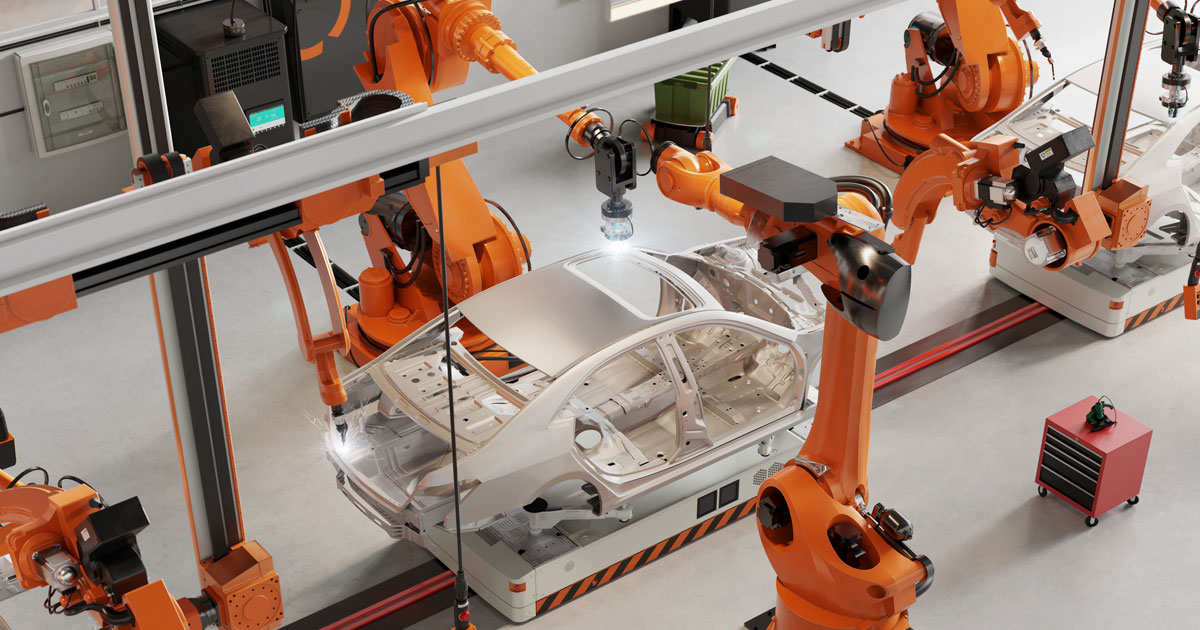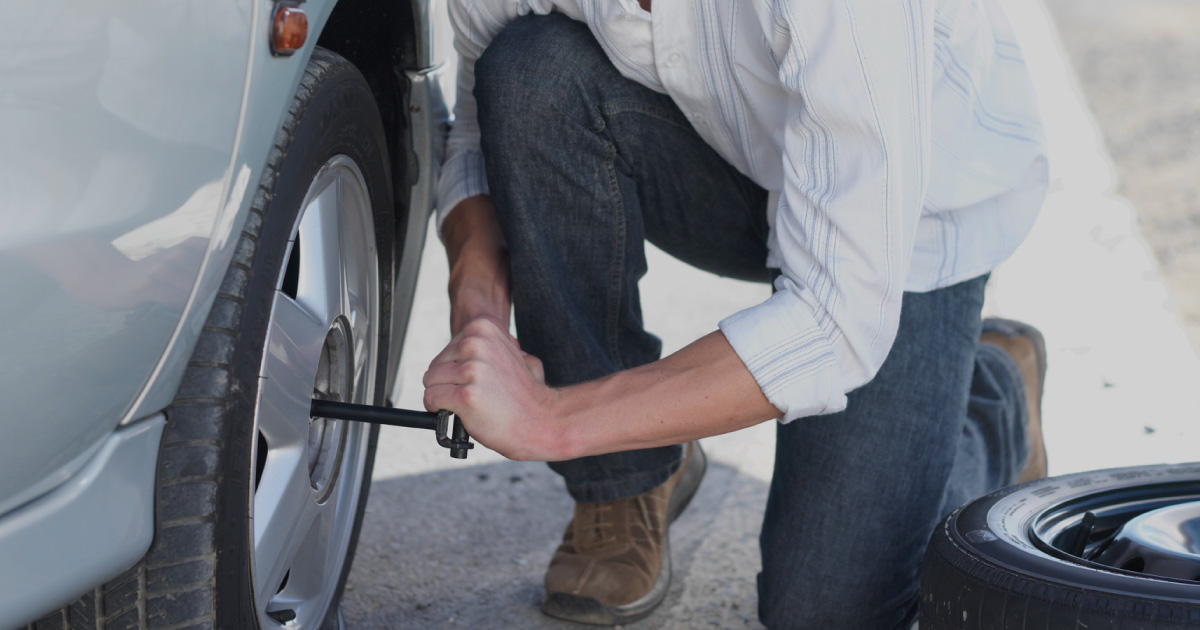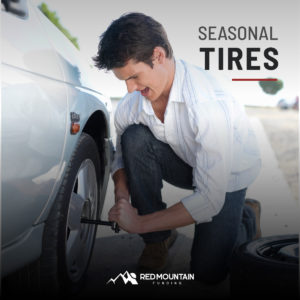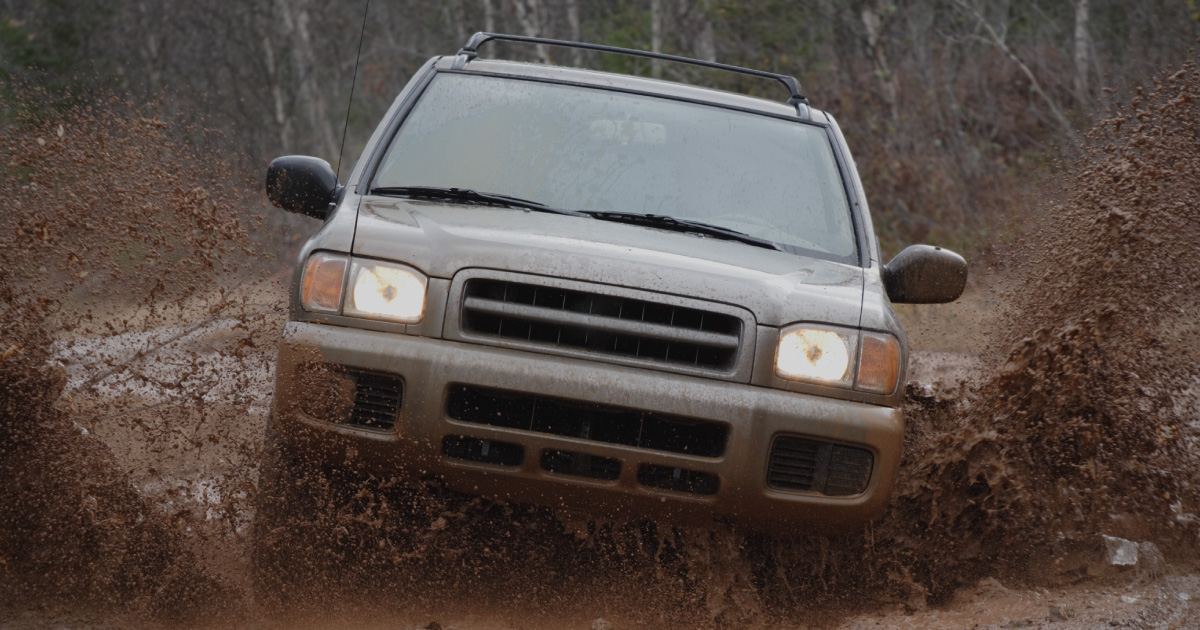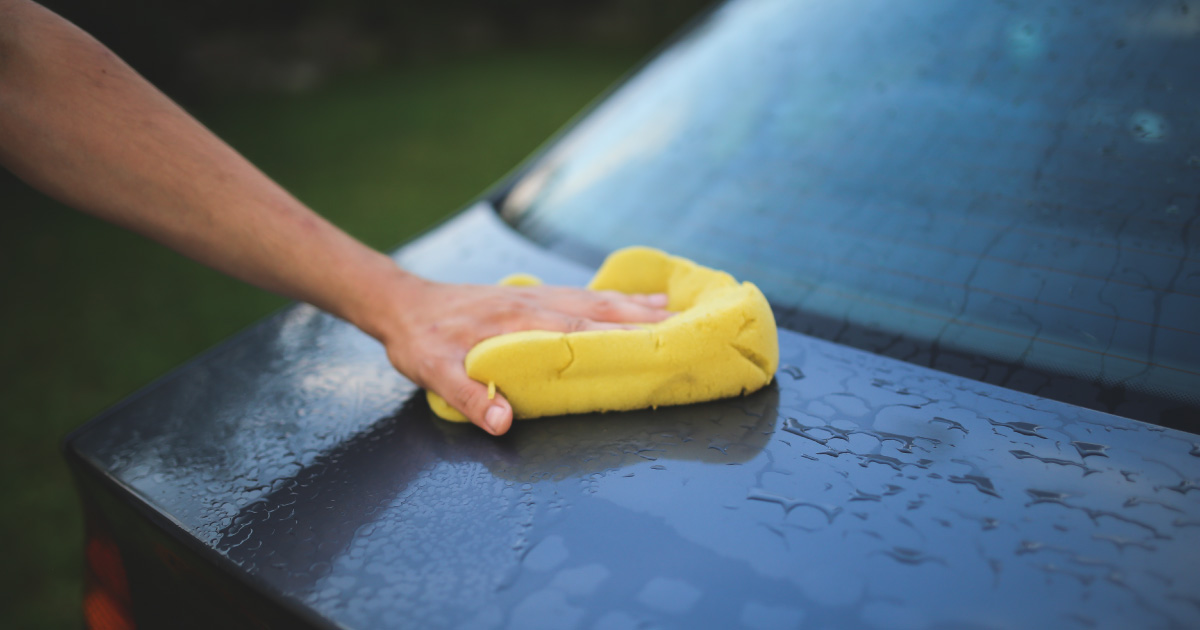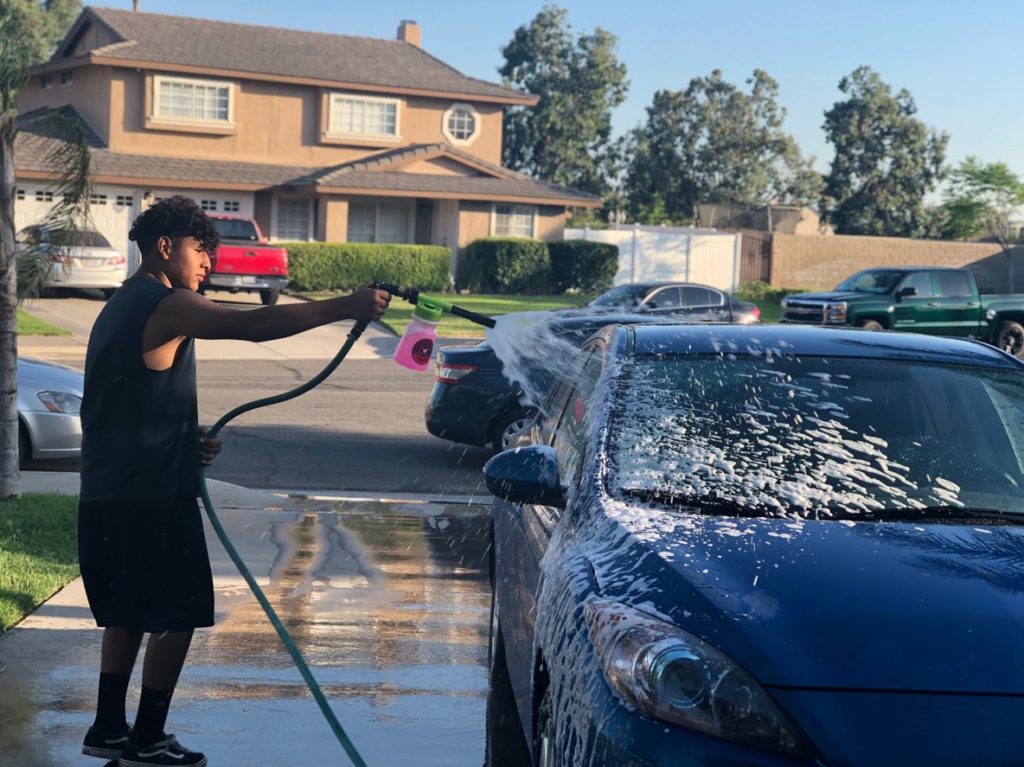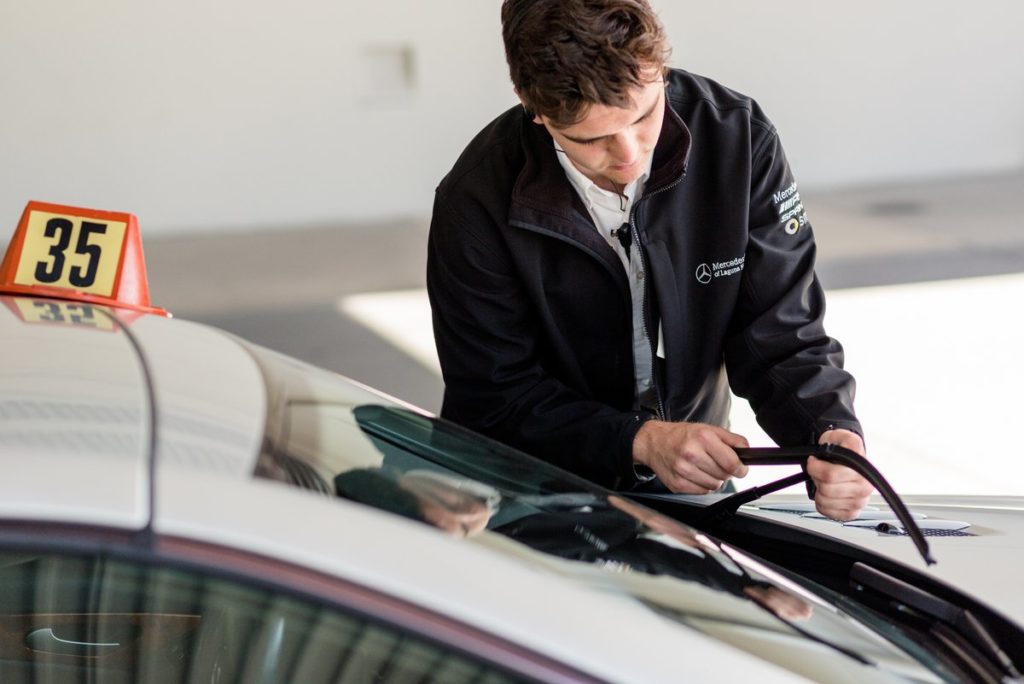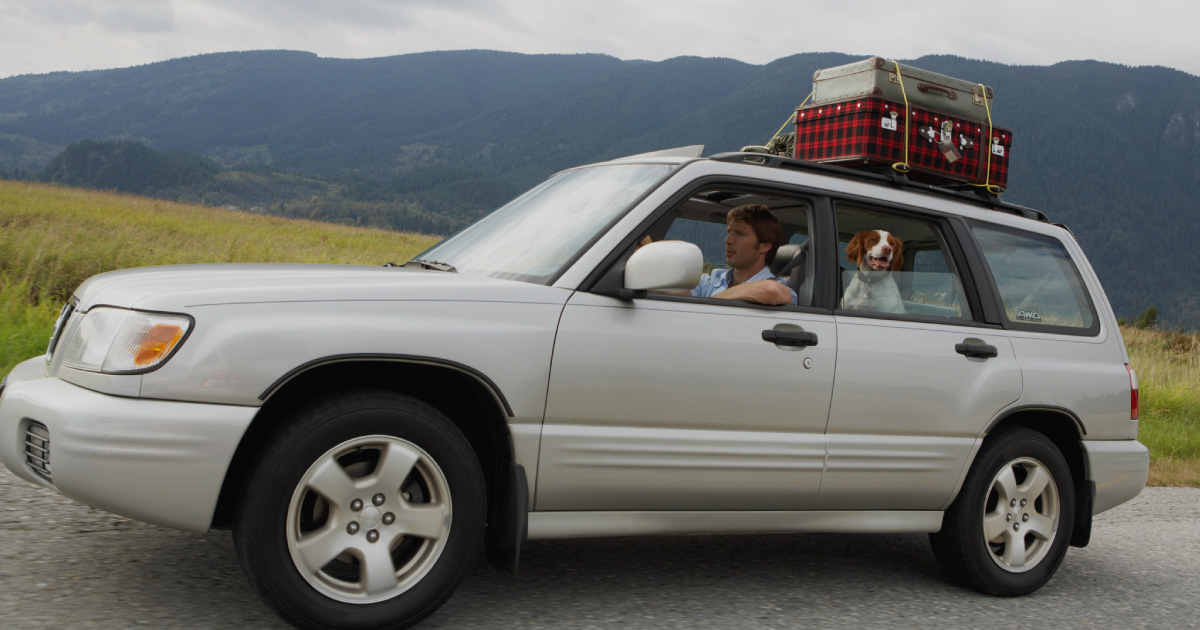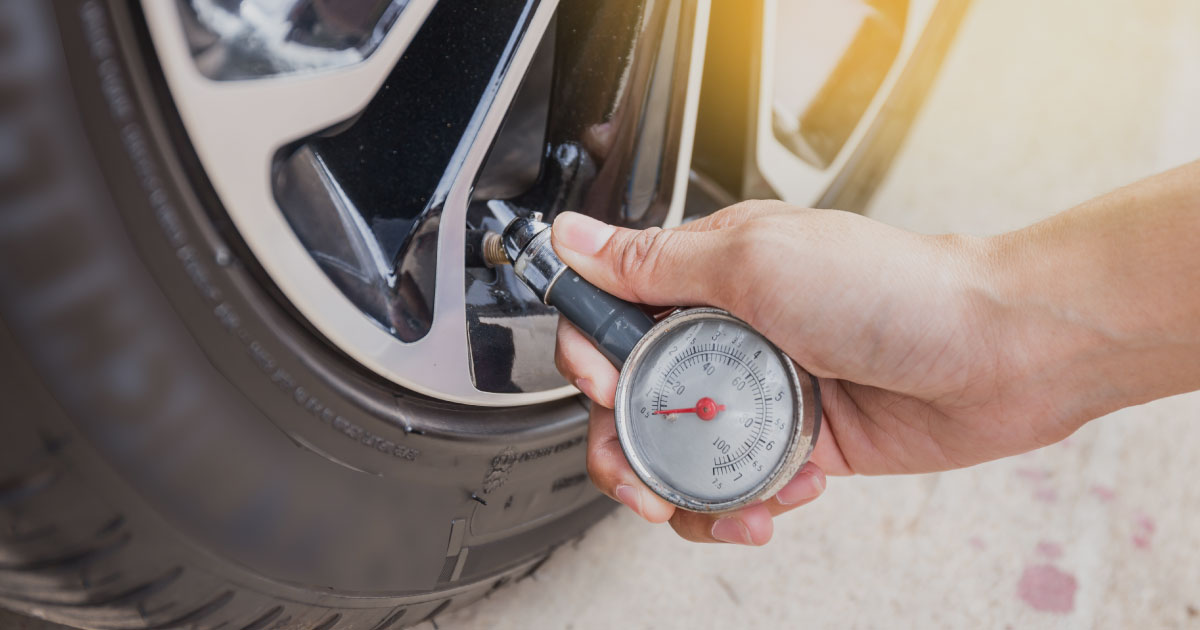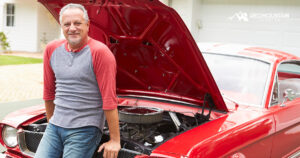When you decide to buy a car, whether it’s new or a used vehicle, it is crucial to choose one you can count on. You want to make sure the vehicle you drive off with is one that you can depend on for many years. In other words, you need to make sure it is reliable. Although this might not be the first thing that comes to your mind when choosing a car, especially when you’re focused on the looks, gas mileage, and customizability of the vehicle, the importance of a car’s reliability cannot be understated.
At Red Mountain Funding, we know how critical it is to have all the facts when buying a vehicle. This is why we want to spread the word about the importance of reliability. In this blog post, we will answer all your most pressing reliability questions, including “What is the number 1 most reliable car?” and “How do I choose the most reliable vehicle for me?” We will also teach you about the top five most reliable vehicles on the market and identify which models have the fewest problems. That way, you can make an informed choice when deciding what vehicle to purchase.
What to Look for to Determine a Car’s Reliability
If you want to know whether a car is reliable, doing a little digging into customer and critic reviews about the following factors can help tremendously:
Annual Repair Costs
You need a car that will not frequently break down and require repairs time and time again. Vehicle downtime will take you off the road and force you to rely on friends, public transportation, rental cars, or ride-share services to get you where you want to go, and you won’t be able to even use the car you invested in. You need a durable car that rarely needs upkeep. If other drivers frequently report low annual repair costs, you can get a sense that the car is reliable.
Efficiency
A car’s fuel efficiency can tell you a great deal about its reliability. Efficient cars tend to use more advanced technology and can often better withstand the wear and tear of being on the road than other vehicles. If a car has a good efficiency rating, it is usually a sign that you can depend on it to take care of you for a long time – not to mention a fuel-efficient vehicle can save you money on gas.

Brand Reputation
Well-known brands with a long history of producing top-performing cars are the most trustworthy when it comes to purchasing a reliable vehicle. Reliability is often confused with luxury and a high price tag, but that’s not always the case. Your car does not have to be expensive for it to be reliable. What is important is that it is safe and is known for having few technical glitches.
Learning about this information can make all the difference when it comes to saving money and time on your vehicle later.
What Is the Most Reliable Car Brand Today?
Currently, many experts say that the most reliable car brand you can find today is Toyota. Whether you are buying a vehicle that can take you and your family on an epic road trip, you need a daily driver for beach trips and soccer practice, or you are just looking for a reliable vehicle that you can count on to run well without many repairs, Toyota has you covered. Since 1937, Toyota has been making cars with long life spans that you can count on to give you minimal problems and perform well come rain or shine.
The 2023 Toyota Corolla Hybrid, in particular, is hearing praises far and wide for its reliability, as is the 2022 Toyota Prius and Toyota Prius Prime. Whether you are looking to buy a used model or purchase one that’s brand new, these comfortable, practical cars are filled with convenient technology and boast predictable performance. That way, you can be sure you can get where you need to go.
What Are the Top 5 Most Reliable Cars?
It comes as no surprise that Toyota makes more than one appearance on the list of top five most reliable cars as our most notable reliable brand. These are vehicles that real drivers have rated and reviewed, noting them time after time as ones that are cost-efficient and rarely present problems that need severe repairs.
1. Toyota Corolla
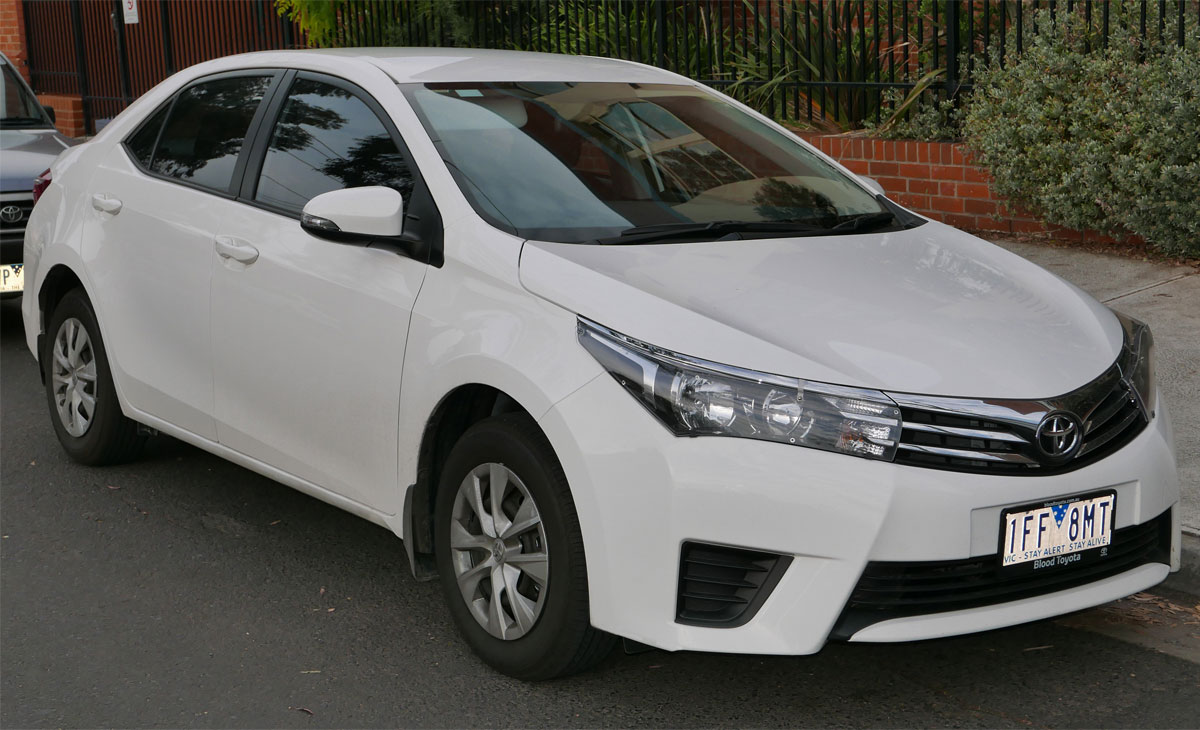
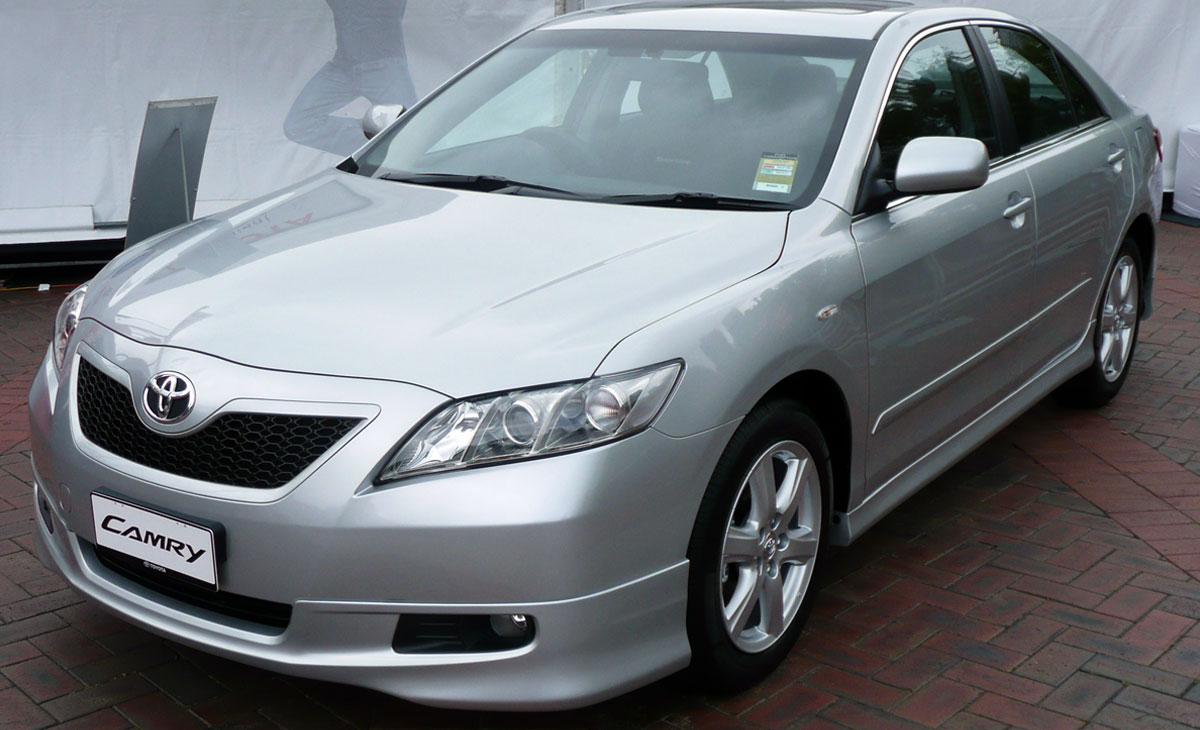
2. Toyota Camry
Another loyal fan favorite is the slightly larger Toyota Camry. With its durable structure and power engine, the Camry is a sophisticated vehicle that will have you riding in style for many years. Although the Camry rarely needs major repairs, when it does need some maintenance, it is easy to work on and parts are readily available, which means the repair costs tend to be more affordable. Going with a Camry means you are again benefitting from the strong Toyota technology and comprehensive warranty packages that provide coverage for all kinds of components.
3. Lexus GX
The Toyota-owned brand Lexus has also historically made some of the most dependable cars that you can buy. For example, the Lexus GX has received rave reliability reviews. With its comprehensive safety system, detailed command center, and climate control features like roof-mounted climate vents, you can count on this classic for a comfortable, easy ride.
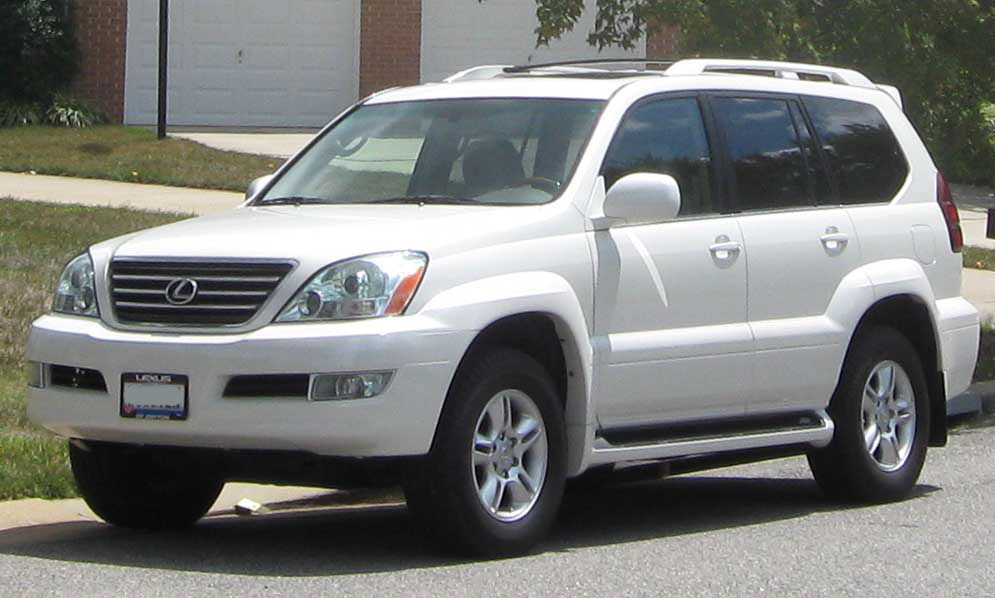
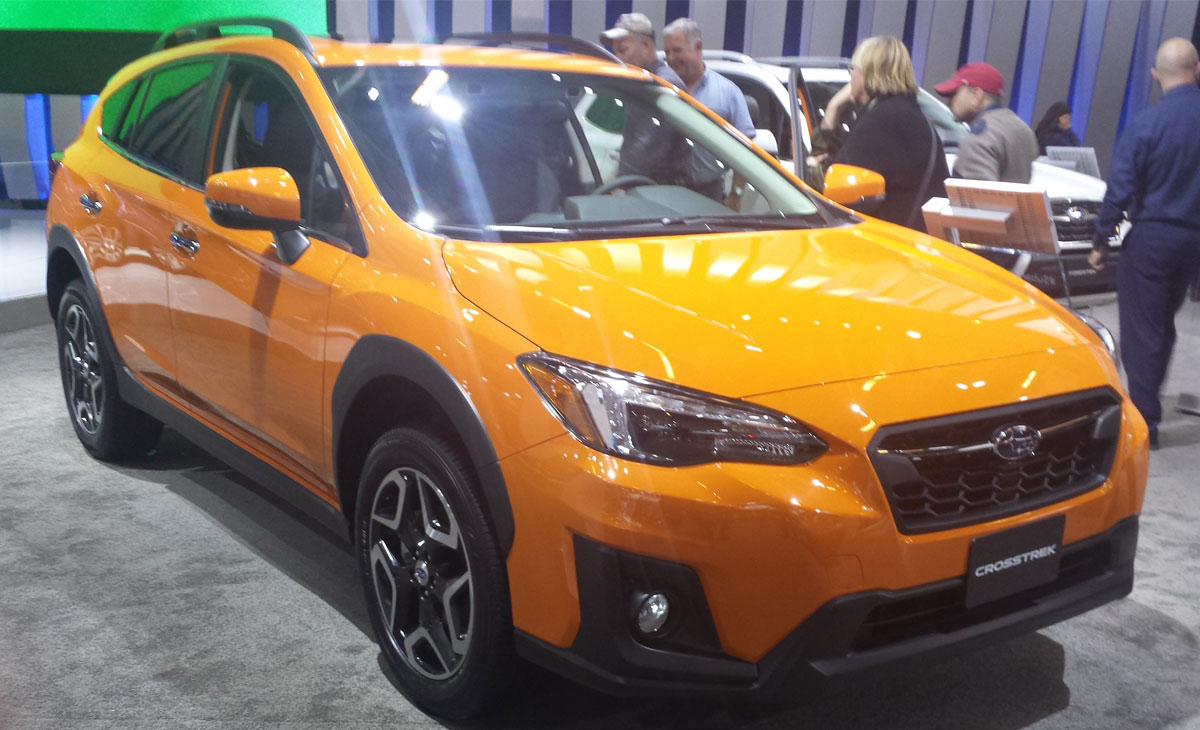
4. Subaru CrossTrek
The Japanese car brand Subaru has also consistently proven its reliability across several models. The Subaru Crosstrek has been determined to be one of the brand’s most reliable cars on the market. With its world-renowned symmetrical all-wheel drive system, the Subaru Crosstrek’s engine is aligned with the transmission and drivetrain, which makes sure that power is symmetrically divided between all four wheels. Its boxer engine also aims to enhance the car’s stability, while its off-road capabilities make it an ideal choice for one-of-a-kind road conditions.
5. Honda Civic
Another ride that has proven to be predictable and dependable is the Honda Civic. With its efficient engine, ability to keep going even with high mileage, and low annual repair costs, it comes as no surprise that it has been a top choice among consumers for decades. As it is also one of the most common cars in the US, parts and skilled mechanics are typically very accessible.
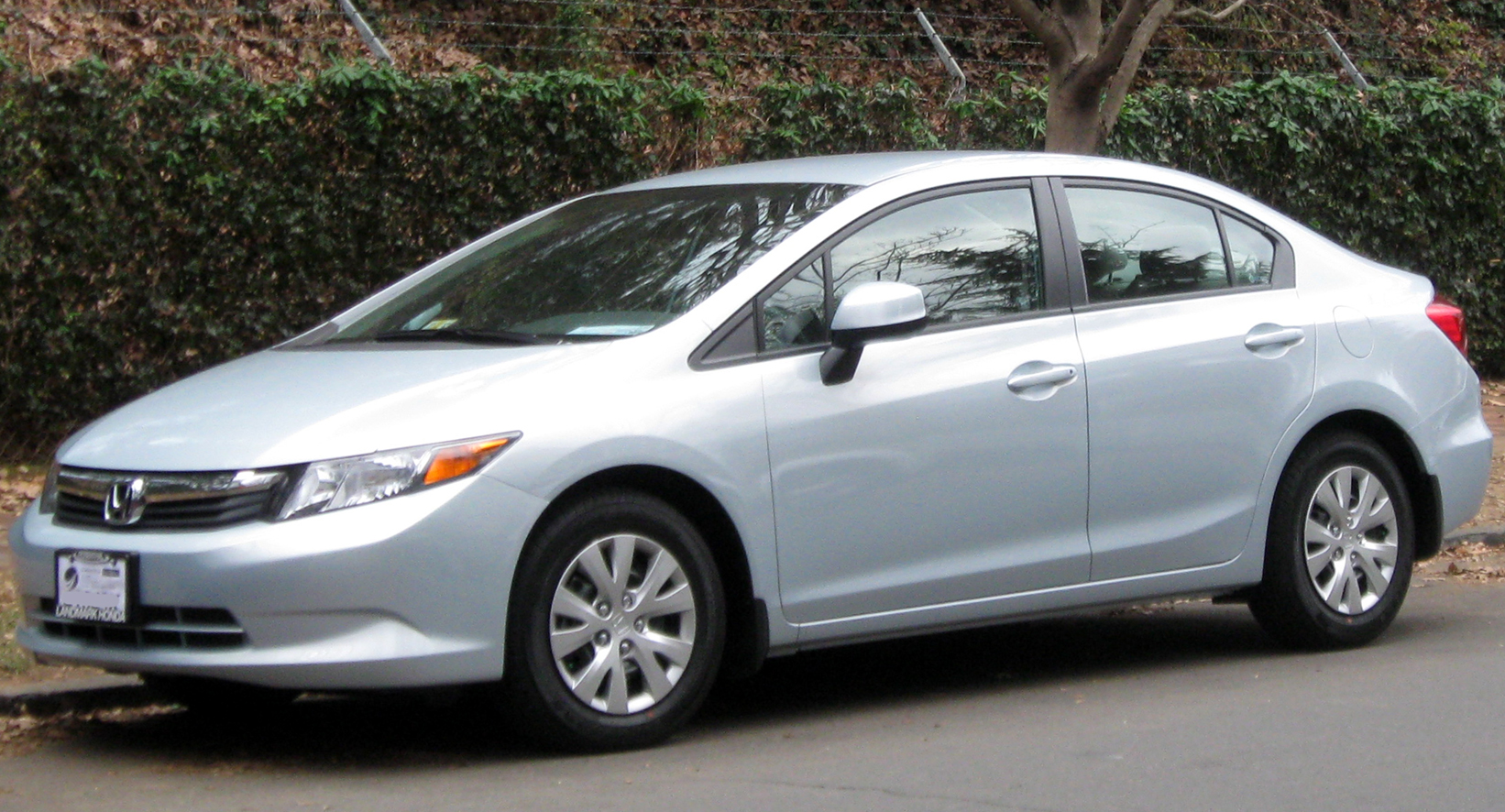
What Car Has the Least Problems?
The brands with the fewest problems are great choices if you want a reliable vehicle that is not going to cause you a headache. One of the ways you can find out if a brand is known to have problems is to research how many problems per 100 vehicles (PP100) it has had in the last year. Some of the brands with the fewest reported issues all around are the following:
Lexus
Lexus holds the current crown for the fewest problems. With a score of only 133 PP100 in 2023, you can expect to encounter very few problems while driving your Lexus vehicle. We think you’ll find a long-time reliable partner in this comfortable car.
Kia
The South Korean automobile manufacturer Kia has been one of the brands encountering the fewest problems for many years. The company has worked hard to exceed construction and engineering standards and focus on quality control. From the compact Kia Forte with its trustworthy, fuel-efficient engine to the spacious Kia Cadenza with its great warranty and advanced safety features, you are likely to encounter few to no problems when you go with a Kia.

Source: https://media.genesis.com
Genesis
The luxury vehicle brand Genesis is an unproblematic legend. It has long been at the top of the ranks alongside Kia and Lexus for the automobile company with the fewest problems. Known for its impressive extended warranty and high-quality construction, Genesis prioritizes customer satisfaction and works hard to minimize problems to ensure you buy a reliable car.
Buick
Buick is an American car company that has ranked high on the list for many years in a row and is known among car lovers as one of the most dependable American car brands. Its unique Buick IntelliLink system, which makes navigation more accessible and reduces technical glitches, makes for many unproblematic drives. Buick cars also boast an electronic stability control system that boosts reliability.
Chevrolet
Also known as Chevy, this classic American brand is one of the pillars of the industry for good reason. Whether you and your family decide to go with the Chevrolet Blazer, the Tahoe, the Bolt, or one of Chevrolet’s many other models, you can rest assured that it is one of the safest vehicles you can choose from. With features like collision warning and blind spot monitoring, Chevy works hard to keep its drivers from encountering safety risks and prioritizes quality control to reduce the chances of technical problems.
Toyota
Last but never least, Toyota’s PP100 rating is the basis for its crowning as the most reliable car brands. As mentioned, Toyota vehicles are known for their ability to drive miles and miles without problems. Cars like the Toyota Camry and the Toyota C-HR are known for their driver assistance, which makes you feel like the car is on your side as you navigate the roads. These Toyota cars and more are known for their low annual repair costs and their longevity.
Reliability is the Key
When it comes down to it, you cannot dismiss the importance of reliability when buying a car. Other factors are important as well, like new technology, design, comfort level, and price. However, it is important to look into how dependable the vehicle you are considering is because a reliable vehicle stands to save you the most money and hassle in the long run.
Purchasing a vehicle without a solid reliability rating can be problematic for many reasons. You will have not only dipped deep into your pockets for your new set of wheels, but you will also find yourself doing that again and again to keep up with the vehicle’s issues. If you check to make sure a vehicle has a record of reliability first, you can avoid this pricey predicament.
Of course, no car can come with a perfection guarantee, but cars like the Toyota Camry, Subaru Crosstrek, and Honda Civic have proven that they are like loyal old friends. They have consistently shown that they do not need a lot of expensive upkeep, have few problems that will keep you off the road, and were created by brands that put their customer satisfaction first.
Here at Red Mountain Funding, we know how much thought you need to put into purchasing a car, and we know what you need to prioritize in your search, like how dependable the vehicle you go with is. If you want informed guidance as you buy or restore your vehicle, check out our website for additional information and handy tips. Our broad range of car-buying topics can be key to helping you find the right ride for your needs.
References:
- Most Reliable Cars for 2023 and 2024. (n.d.). Car and Driver. Retrieved November 13, 2023, from
https://www.caranddriver.com/rankings/most-reliable-cars - Schulz, B. (2022, November 15). Consumer Reports ranking for the most reliable cars of 2023 are in. Here are the winners. USA TODAY.
https://www.usatoday.com/story/money/cars/2022/11/15/reliability-cars-consumer-reports-ranking/10703135002/ - CarMax. (2022). Carmax.com.
https://www.carmax.com/articles/most-reliable-cars - New Car Market: 10 Most Dependable Cars in 2023. (2023, May 25). Yahoo Finance. https://finance.yahoo.com/news/more-money-most-least-reliable-201135669.html
- Rivers, S. (2022, December 11). Driven: 2022 Lexus GX 460 Is An Old-Schooler You Can Rely On. Carscoops; Carscoops.
https://www.carscoops.com/2022/12/driven-2022-lexus-gx-460-is-an-old-schooler-that-you-can-rely-on/ - Jones, M. (2023, April 25). Subaru Crosstrek Reliability: What You Need To Know – autopom! Autopom.com.
https://autopom.com/subaru-crosstrek-reliability-what-you-need-to-know/ - Rivers, S. (2023, February 10). The Most Dependable Brands And Models In J.D. Power’s 2023 VDS Study. Carscoops; Carscoops.
https://www.carscoops.com/2023/02/the-most-dependable-brands-and-models-in-j-d-powers-2023-study/ - 2023 U.S. Vehicle Dependability Study(VDS). (2023, February 9). J.D. Power.
https://www.jdpower.com/business/press-releases/2023-us-vehicle-dependability-studyvds - Akpejeluh, P. (2023, April 15). 5 Most Reliable Kia Models To Buy Used (5 To Stay Away From). HotCars.
https://www.hotcars.com/reliable-unreliable-kia-models/#stay-away-from-2009-kia-borrego

Alice Trellakis is a 26-year-old University of Illinois alumni residing in Chicagoland. She has carved a successful career as a digital advertising saleswoman at Google, where she thrives on utilizing her strategic mindset and passion for technology to drive impactful results for clients. With her deep knowledge of the digital landscape and keen understanding of market trends, Alice has consistently exceeded expectations and achieved exceptional sales growth.
Outside of her professional pursuits, Alice is also an influential figure in the fitness community. Her Instagram page, with a dedicated focus on fitness content, has amassed an impressive following of 354K followers. Through her posts and stories, Alice shares her fitness journey, offering tips, workout routines, and motivational content to inspire and empower her audience. Her genuine passion for health and wellness shines through her engaging and relatable posts, making her a trusted voice in the online fitness sphere.
In addition to her accomplishments, Alice also boasts six years of writing experience as an author, collaborating with a diverse range of digital brands. Through her compelling and engaging writing style, she has effectively conveyed brand stories, developed captivating content, and strengthened brand presence across various digital platforms. Alice’s passion for writing, combined with her expertise in digital advertising and fitness, has allowed her to establish a unique and multifaceted professional portfolio. Whether she is working as a digital advertising saleswoman at Google or creating captivating content as an author, Alice continues to showcase her versatility, talent, and commitment to delivering exceptional results in every endeavor she undertakes.

